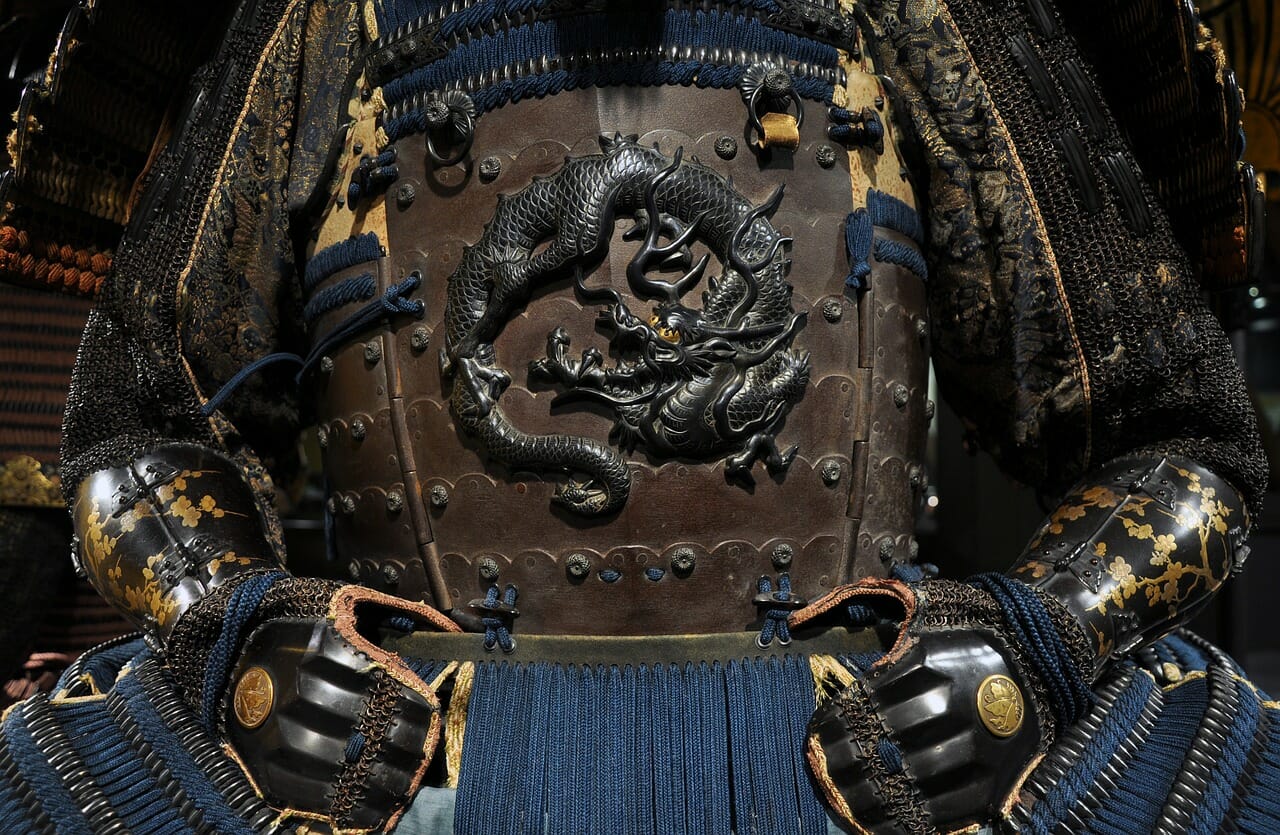A coat of arms is a unique emblem that has been used for centuries as a symbol of identity, heritage, and lineage. These designs, rich in history and symbolism, have been meticulously crafted to represent the values, achievements, and aspirations of individuals, families, and organizations. In this article, we will journey through the origins of the coat of arms, the evolution of heraldry, the symbolism behind its elements, and its modern applications.
The Origins of the Coat of Arms
The use of coat of arms can be traced back to the early 12th century, when knights began wearing decorated shields and surcoats to distinguish themselves in battle. The term “coat of arms” originates from the practice of embroidering the knight’s emblem onto his surcoat, which was worn over his armor. Having a unique emblem allowed knights to be recognized from a distance, proving to be essential in both friendly and hostile situations. Over time, the use of coat of arms expanded beyond the battlefield, becoming a symbol for noble families and eventually for entire nations.
The Evolution of Heraldry
As the use of coat of arms became more widespread, the need for a system to regulate and catalog these symbols led to the development of heraldry. Heraldry is the study, design, and regulation of coat of arms and other armorial bearings. In medieval Europe, heralds were specialists in the field, responsible for designing and granting coat of arms, as well as organizing tournaments and other events where these symbols were displayed. As the art evolved, a standardized language and set of rules, known as the “heraldic language,” was established to describe and classify the various elements of a coat of arms.
The Symbolism Behind Coat of Arms Elements:
A coat of arms typically consists of several elements, each with its unique symbolism and meaning. These elements include:
1. Shield: The central element of a coat of arms, the shield is a canvas for various symbols and colors that represent the individual or organization.
2. Colors: Each color, or “tincture,” used in a coat of arms has a specific meaning. For example, gold represents generosity, while blue symbolizes loyalty and truth.
3. Charges: These are symbols or figures, such as animals, plants, or objects, that are placed on the shield. Charges often symbolize the bearer’s values, achievements, or aspirations.
4. Helm and Crest: The helm represents the helmet worn by knights, while the crest is a symbol or figure placed above the shield, further distinguishing the bearer of the coat of arms.
5. Mantling: This decorative cloth, draped around the helm and shield, represents the protection provided by the coat of arms.
The Modern Use of Coat of Arms
Today, coat of arms are still used by individuals, families, and organizations to symbolize their heritage, achievements, and values. They can be found in various forms, including on flags, signs, and official documents. Many countries have a national coat of arms, while cities, universities, and corporations also adopt their own unique emblem.
Famous Coat of Arms Examples:
a. The Royal Arms of England: The Royal Arms of England is a notable coat of arms representing the monarchy of England. The design features three gold lions passant guardant on a red field, symbolizing courage, strength, and nobility. This emblem has evolved over time, with each monarch making adjustments to the design, but the three lions have remained a consistent element since the reign of Richard the Lionheart.
b. The Papal Coat of Arms: Each Pope adopts a unique coat of arms upon their election, often featuring symbols that hold personal significance. For example, Pope Francis’ coat of arms includes a blue field with a gold star, representing the Virgin Mary, a spikenard flower to symbolize Saint Joseph, and the Jesuit emblem, reflecting his membership in the Society of Jesus. The Papal coat of arms is also adorned with the papal tiara and keys, representing the Pope’s spiritual authority and role as the Bishop of Rome.
c. The Medici Coat of Arms: The Medici family, a powerful Italian dynasty during the Renaissance, had a distinctive coat of arms featuring six red balls on a gold field. The design is said to symbolize the family’s wealth and influence, with the balls possibly representing coins or medicinal pills, as the Medici name is derived from “medico,” meaning “physician” in Italian.
d. The Habsburg Coat of Arms: The Habsburg dynasty, one of Europe’s most influential royal families, used a coat of arms featuring a black double-headed eagle on a gold field. This emblem symbolized the family’s extensive dominions, as the two heads represented their rule over both the Holy Roman Empire and the Austrian Empire.
The Process of Creating a Coat of Arms:
a. Researching Family History: Before creating a coat of arms, it is important to research your family history and heritage to identify symbols and elements that hold meaning to your lineage. This can involve consulting genealogical records, historical documents, and even discussing family traditions and stories. You can also employ a service to research your family crest and coat of arms.
b. Selecting Appropriate Symbols: Based on your research, choose symbols, colors, and design elements that best represent your family’s values, achievements, and aspirations. These can include animals, plants, objects, or abstract patterns, each carrying its unique symbolism within the heraldic tradition.
c. Working with a Heraldic Artist: Collaborate with a professional heraldic artist, who can help bring your vision to life by creating a visually appealing and accurate representation of your chosen symbols and design elements. The artist will ensure that the design adheres to the rules and principles of heraldry, as well as provide guidance on any adjustments that may be necessary.
d. Registering the Design with a Heraldic Authority: Once the coat of arms is final, register it with a heraldic authority, such as the College of Arms in England or the Chief Herald of Ireland. Registering your coat of arms provides official recognition and ensures that your design is unique and not already in use by another family or individual.
Final Thoughts:
The art and history of the coat of arms offer a captivating glimpse into the rich cultural heritage of individuals, families, and organizations throughout the centuries. From the battlefield origins to the meticulously crafted designs that tell unique stories, these emblems continue to hold relevance and intrigue in today’s world. Whether you are researching your own family history or simply appreciating the symbolism and beauty of heraldic art, the coat of arms serves as a powerful reminder of our interconnectedness and the values that define us.
As you delve deeper into the world of heraldry and coat of arms, remember to appreciate the craftsmanship, creativity, and significance behind each design. And who knows, perhaps you too will be inspired to create a coat of arms that represents your own personal story, values, and aspirations, leaving a lasting legacy for future generations to admire and cherish.




